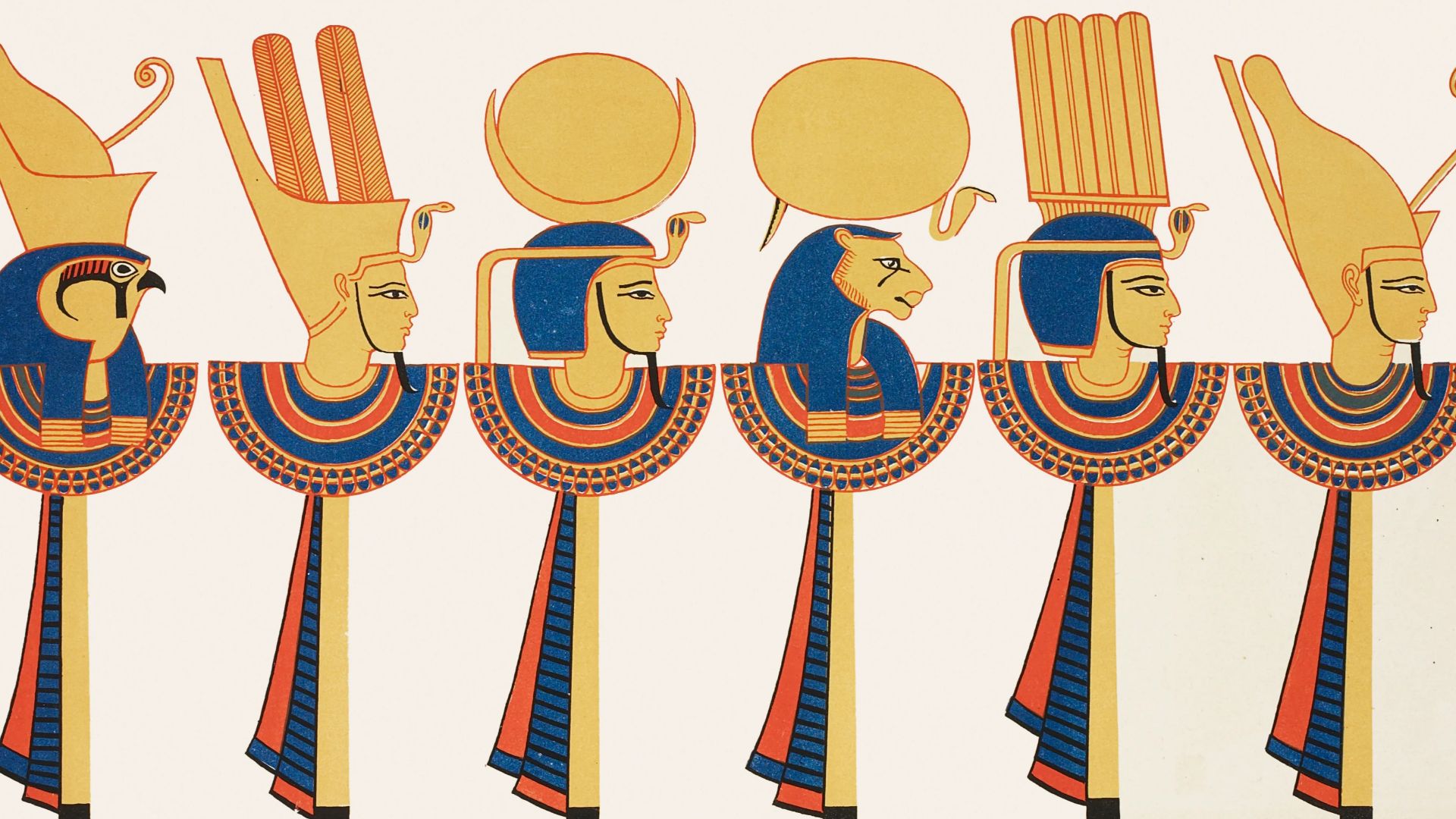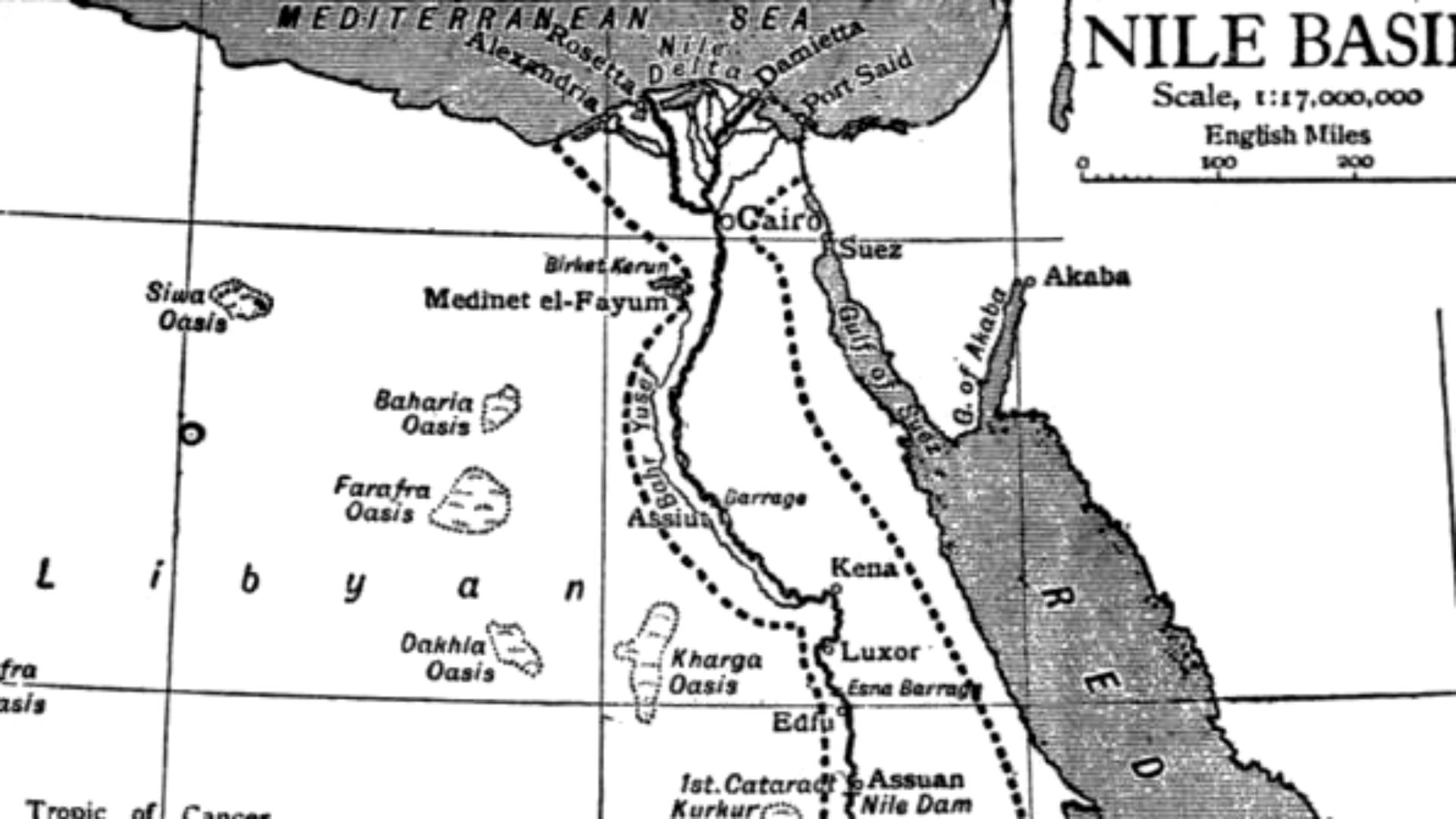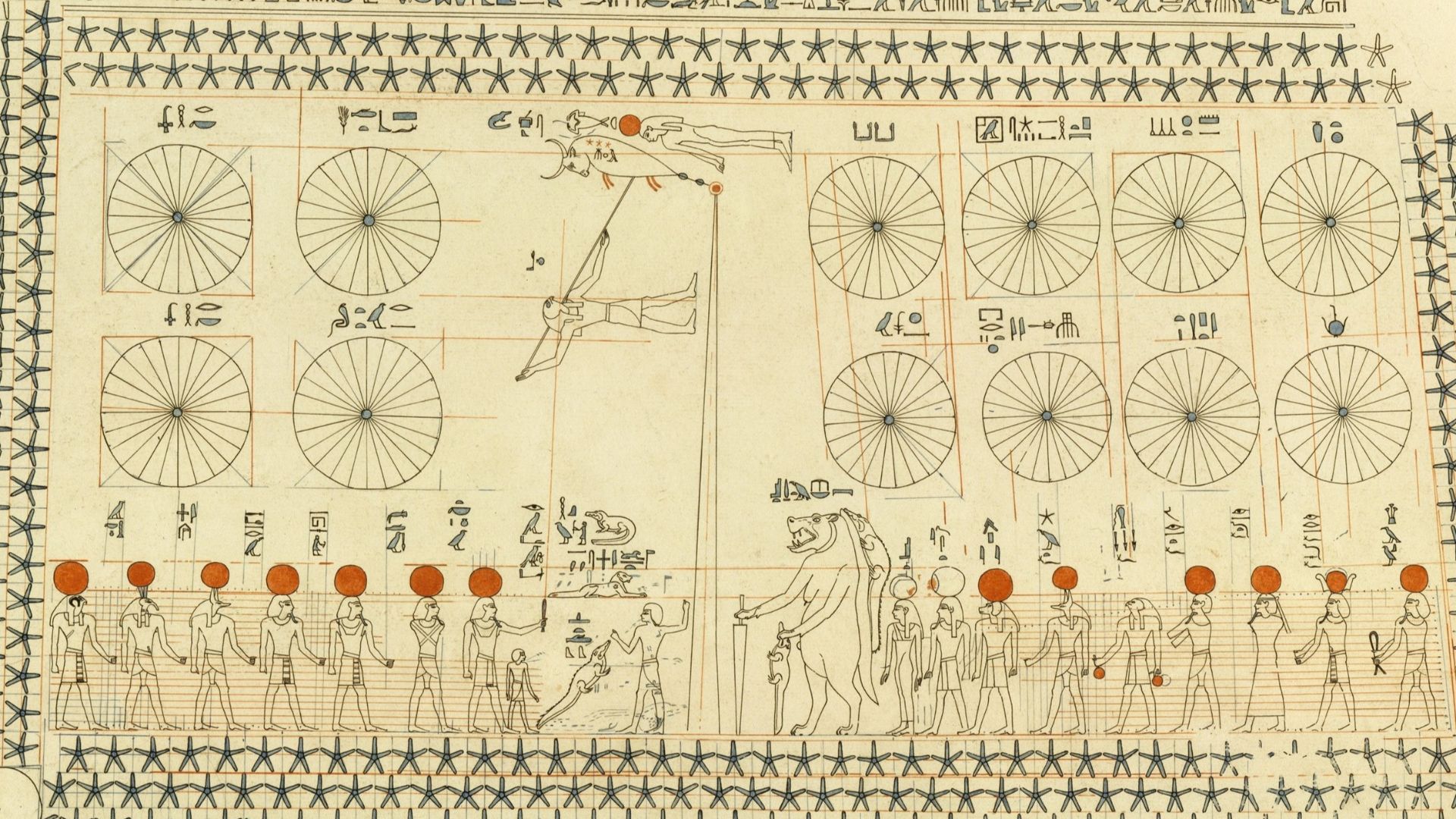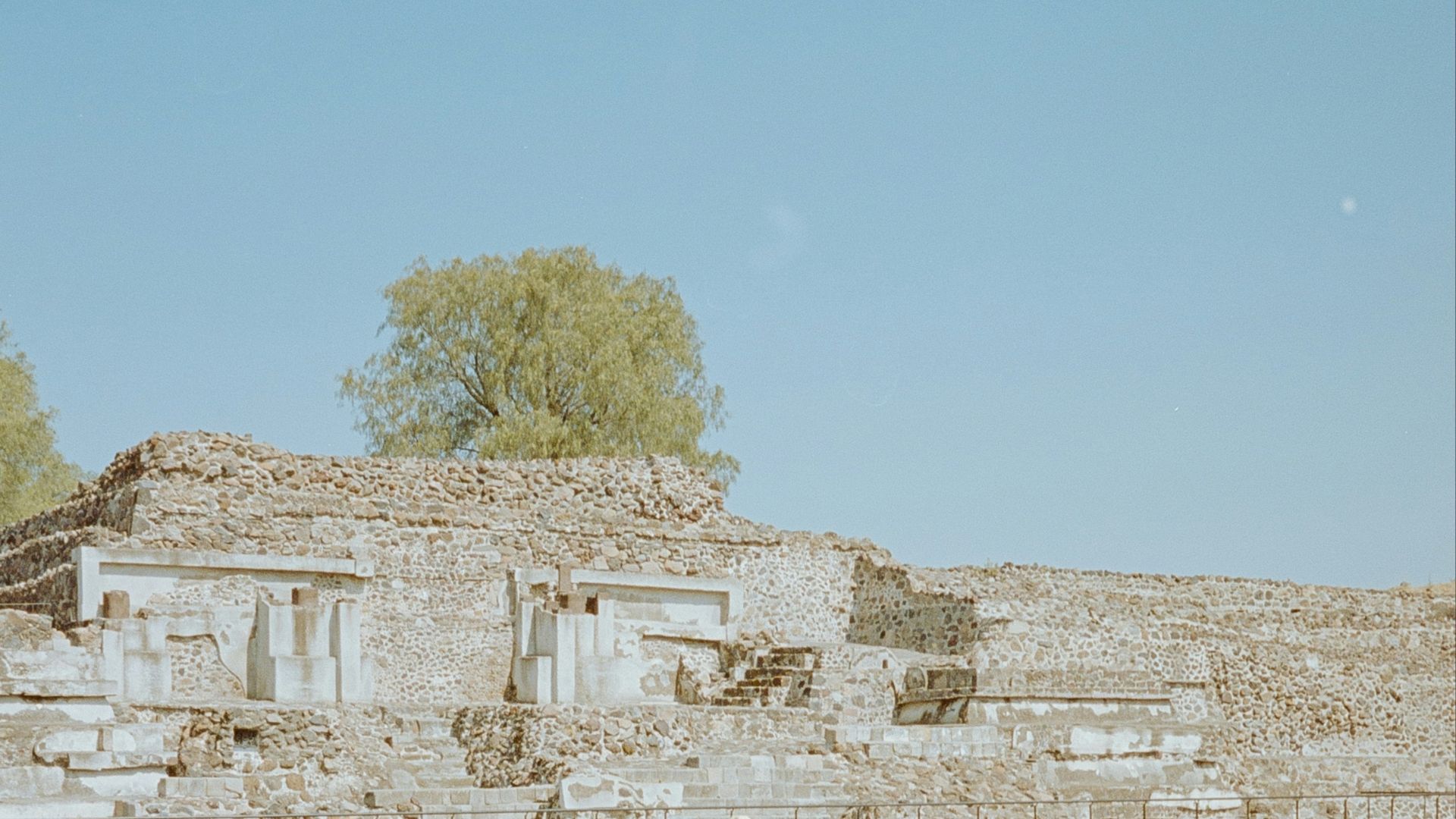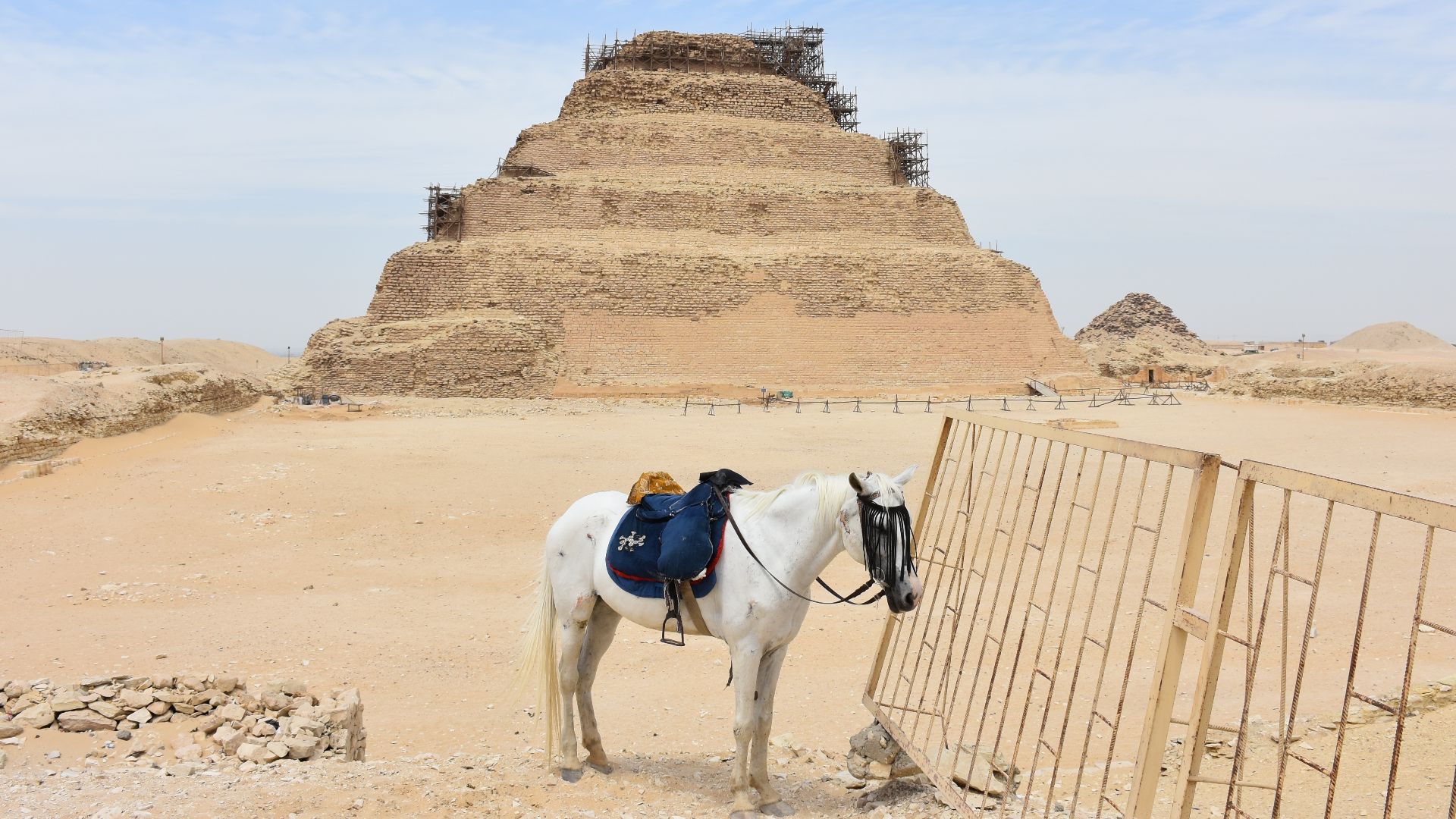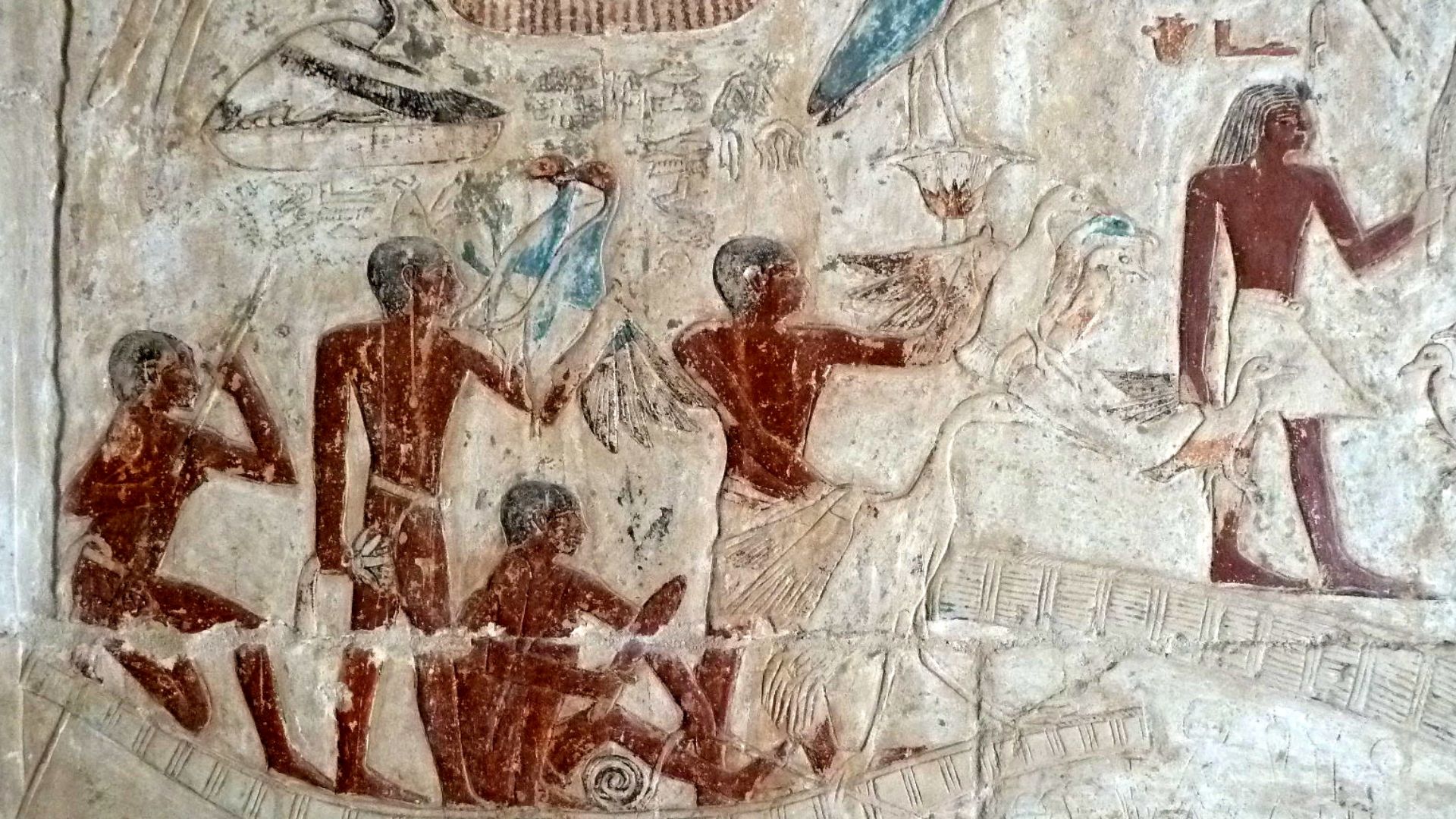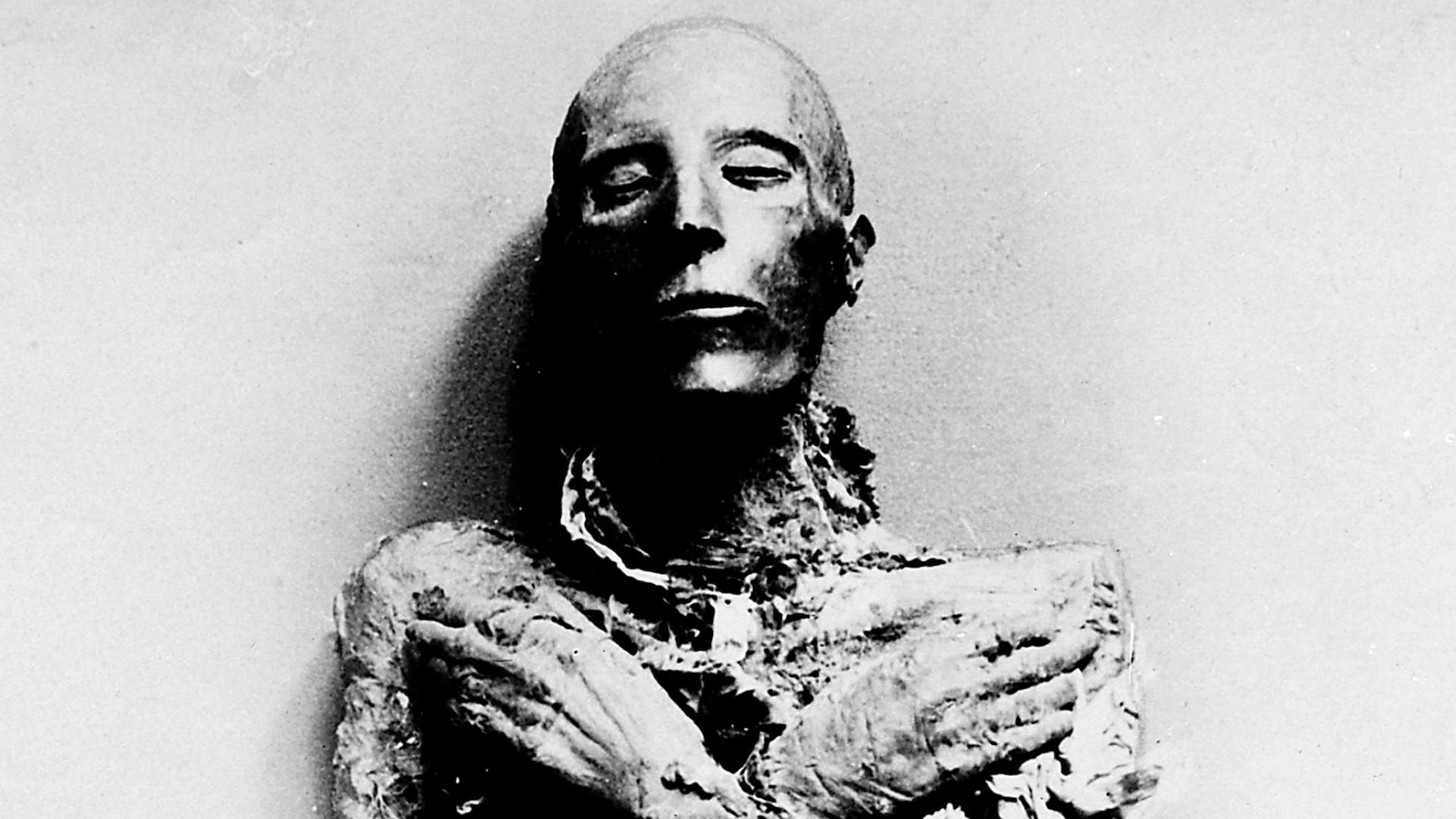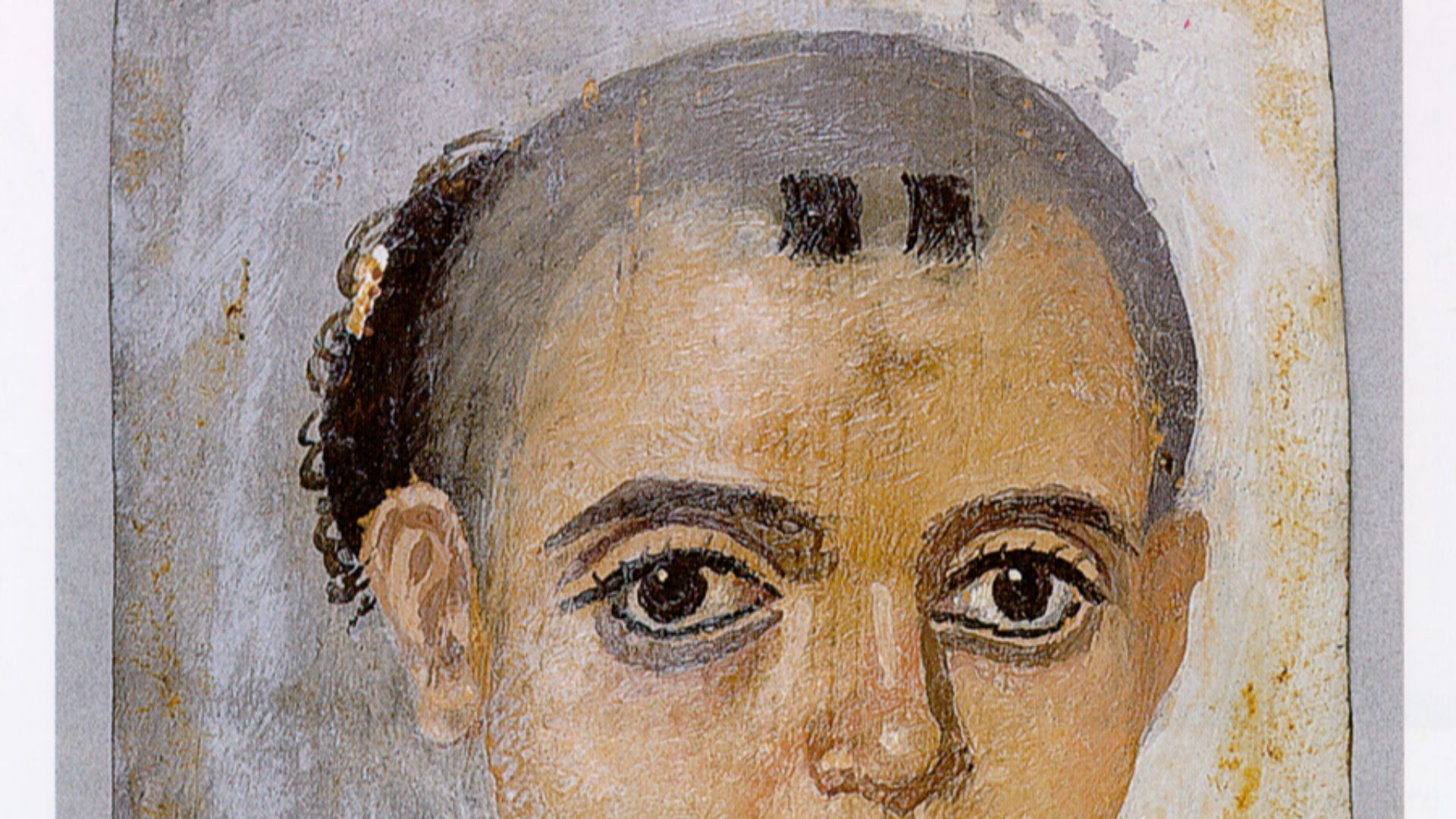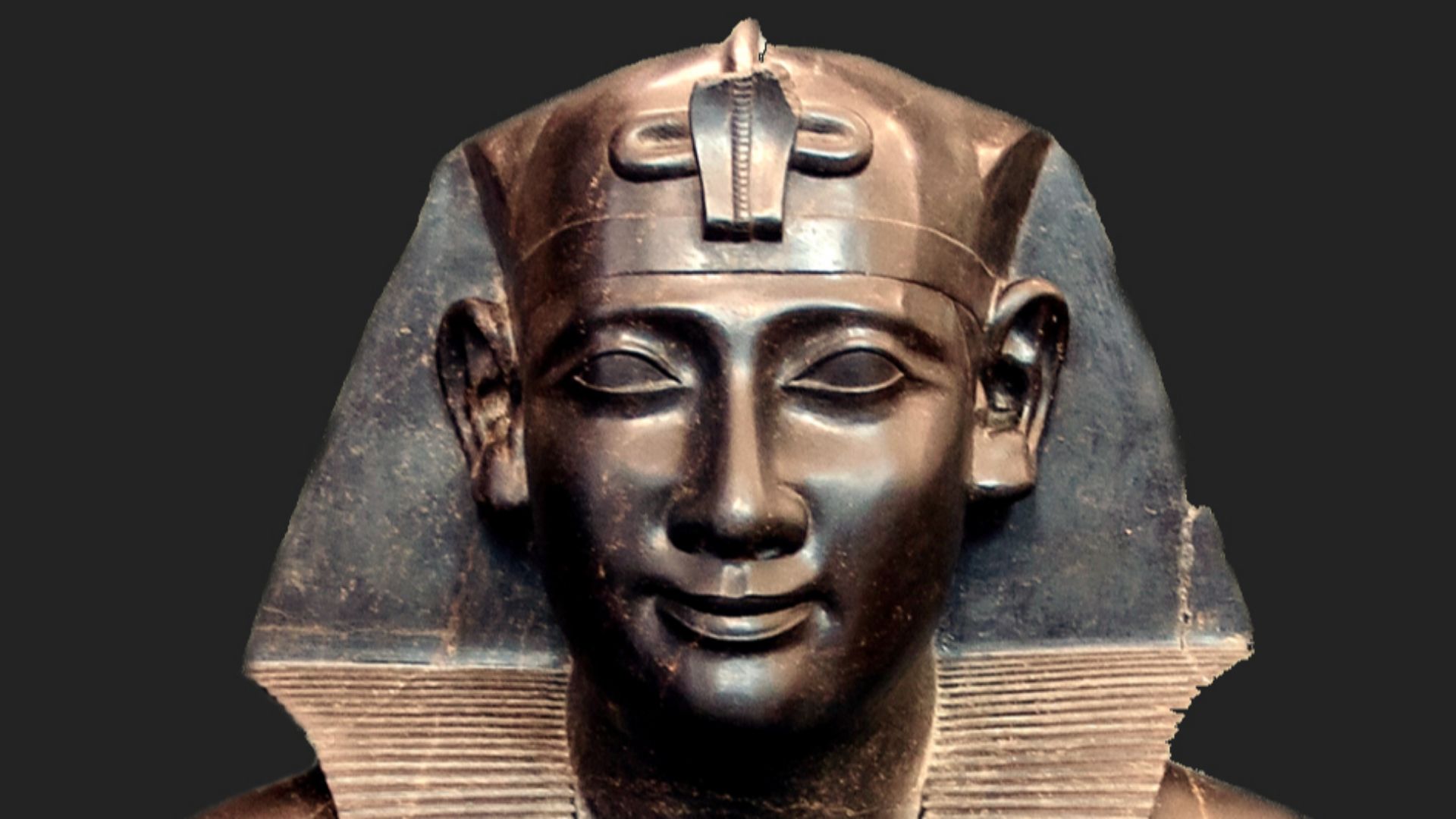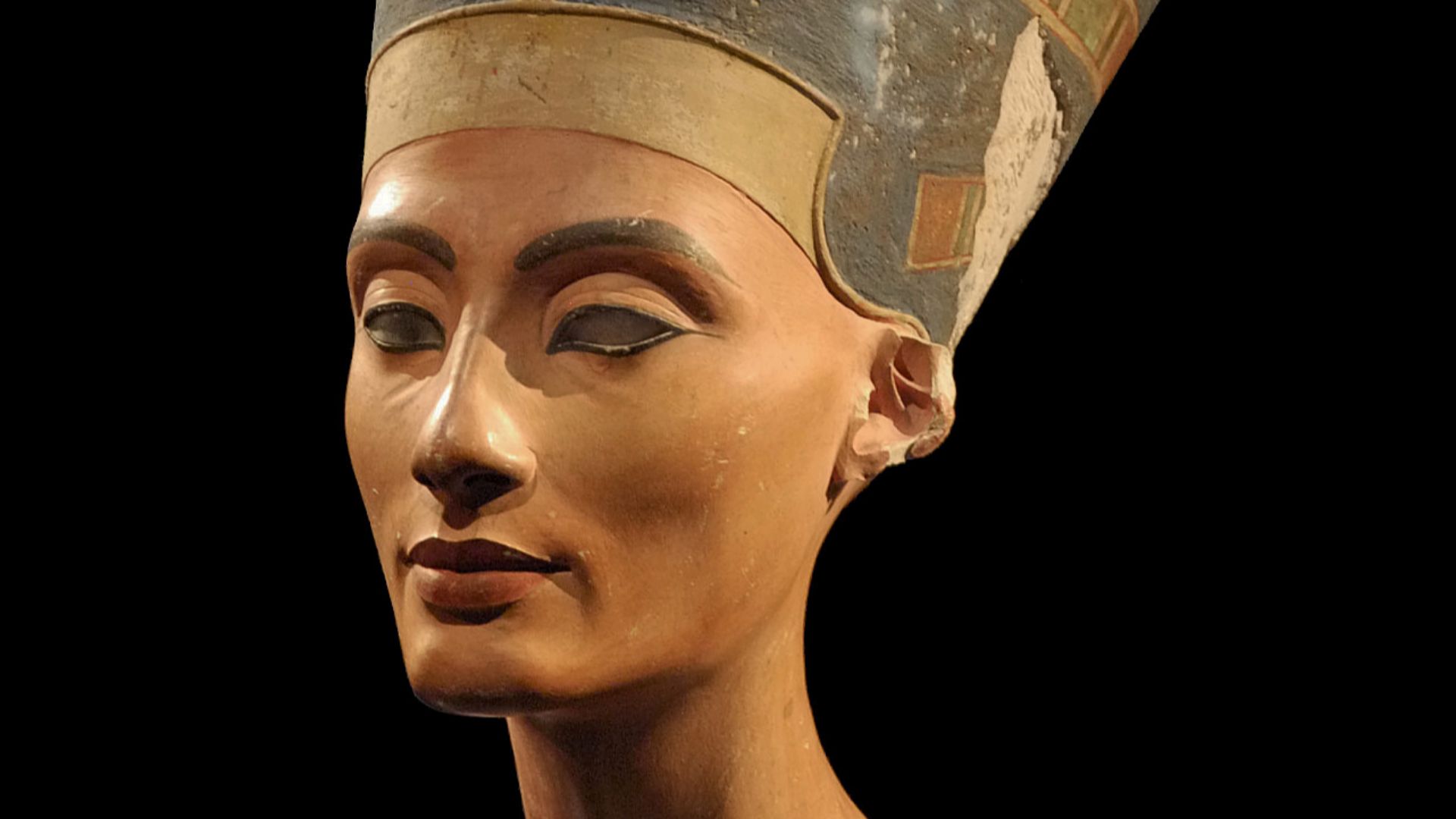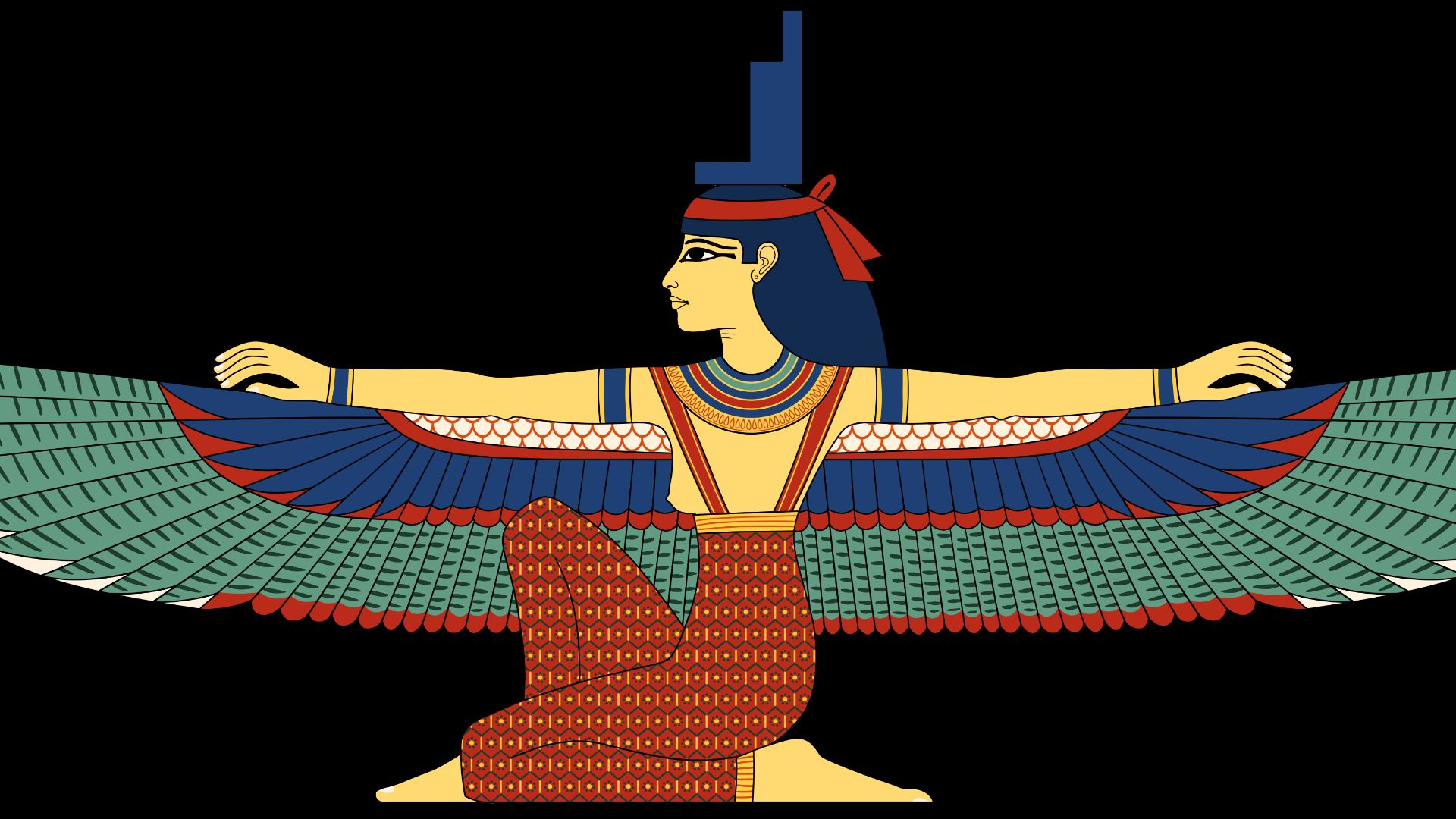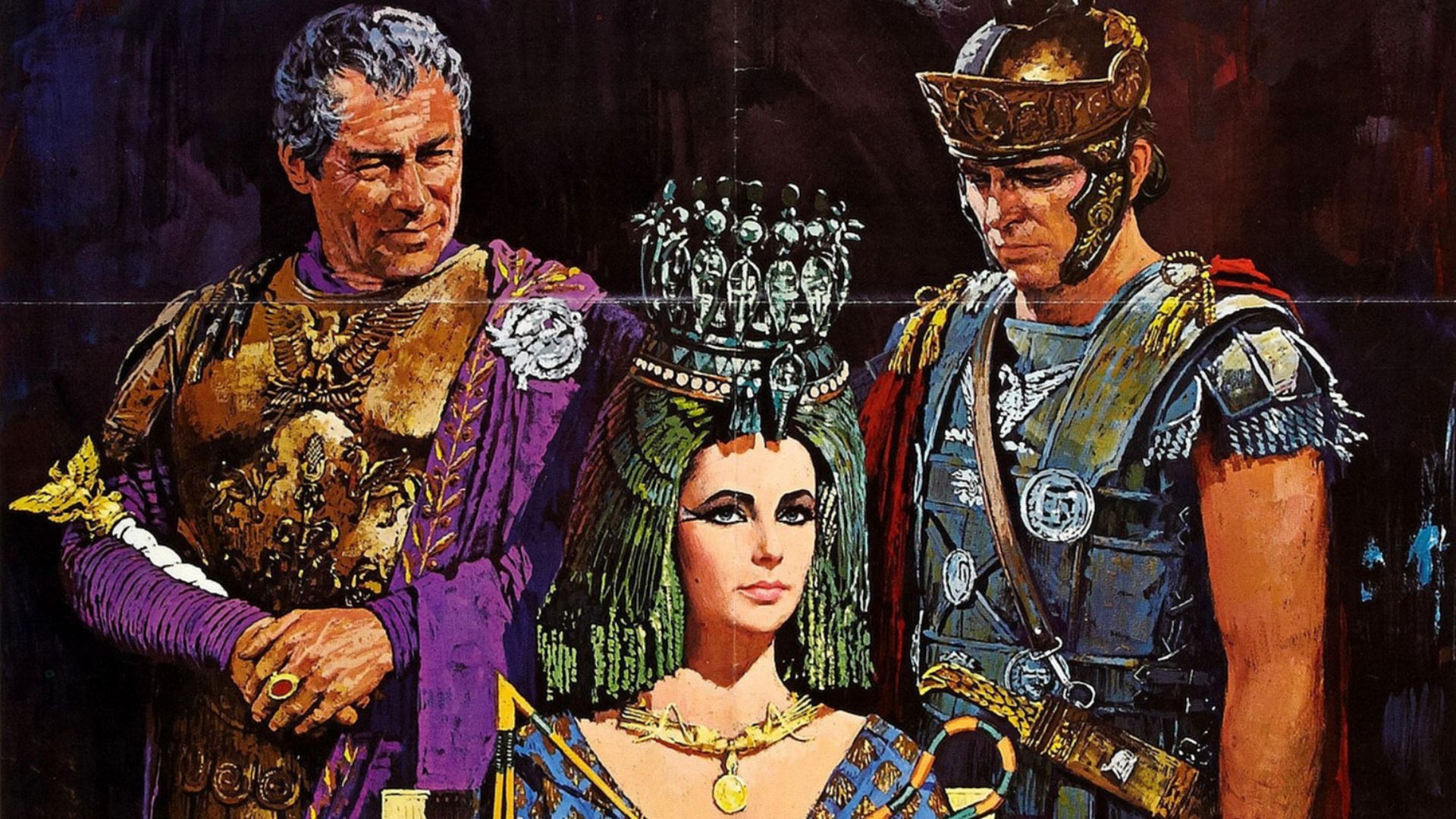Beyond the Pyramids
Did you have an Ancient Egypt phase as a kid? We certainly did, and we’re sure our parents got tired of us telling them all about how bodies had their brains pulled out through their noses before they could be mummified. Whether you want to sound smart at parties or wish to reignite a childhood interest, here are 20 facts you may not know about Ancient Egyptians.
1. First Settled 6000 BCE
Historians joke that many of them will be single forever because dating can be difficult (get it?), and Ancient Egypt is no exception. While we can’t pin down its origins to one specific year, many historians agree that the Nile Valley was first settled around 6000 BCE.
2. Not Actually Called Egypt
The English word Egypt comes from Greco-Roman roots that are honestly too complicated to get into. Ancient Egyptians called their home “Kemet” or “Kmt,” meaning “black land.” This refers to the life-giving fertile soil around the Nile.
3. The Two Kingdoms United c.3100 BCE
Initially, Egypt was divided into two kingdoms: Upper and Lower Egypt. Starting off as separate villages, these kingdoms had separate rulers and laws until they were unified by the pharaoh Menes. Menes built his capital city where the two kingdoms met and wore a crown made from the crowns of both kingdoms.
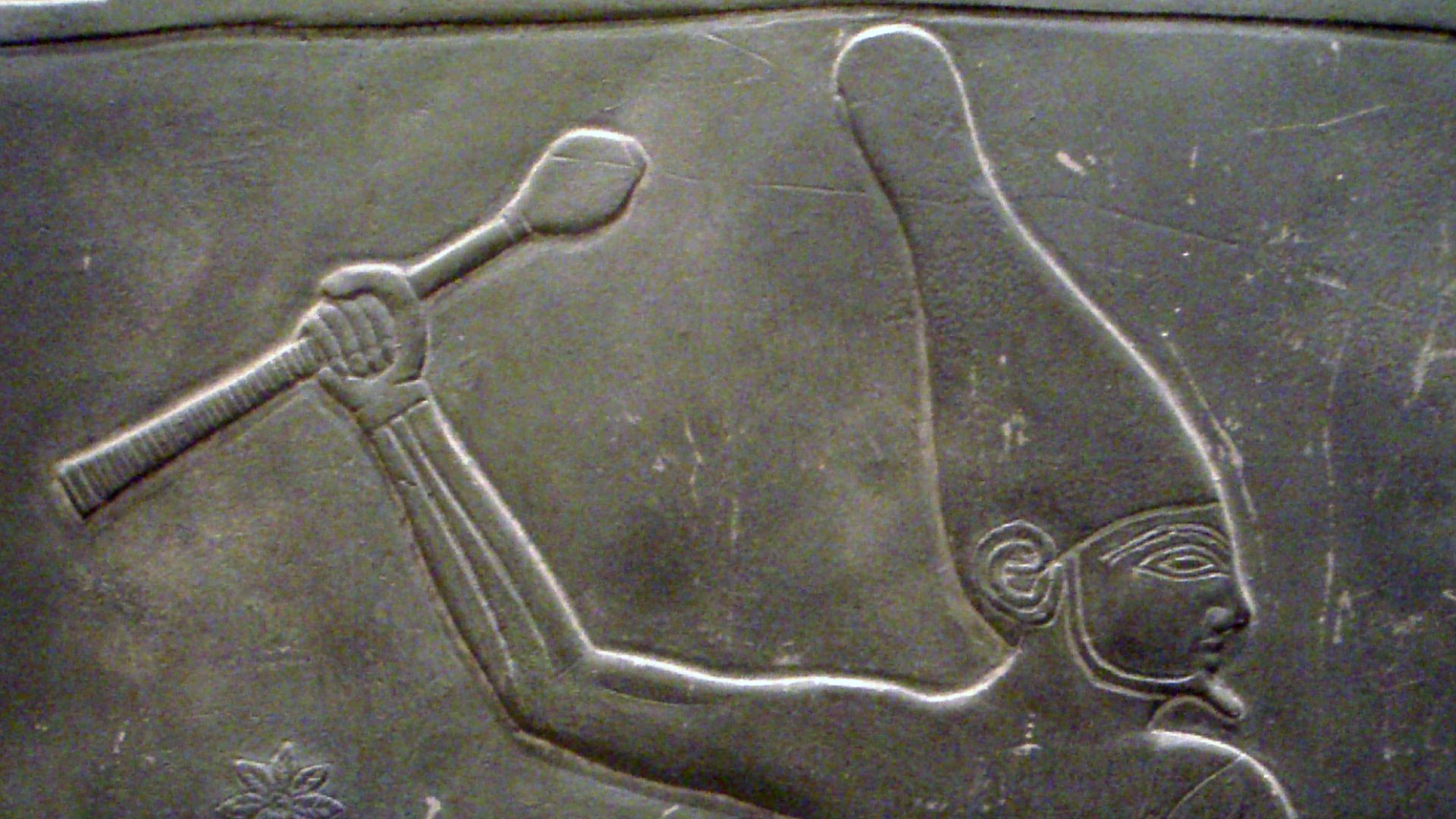 Keith Schengili-Roberts on Wikimedia
Keith Schengili-Roberts on Wikimedia
4. Used 365-Day Calendar
We believe that the Egyptians were among the first civilizations to use a 365-day solar calendar. The Egyptian calendar was divided into 3 seasons—Flood, Growth, and Harvest—and each season had 4 months divided into roughly 30 days. Not too different from our modern calendar!
5. Early Pharaohs Weren’t Buried in Pyramids
Menes and other early rulers were actually buried in structures called mastabas. A mastaba looked sort of like a supersized bench with a flat roof and slanted sides. Burial chambers were built not in the mastaba but below it—sometimes as much as 80 feet!
6. Imhotep Designed the First Pyramid
No, not the villain in The Mummy (though he was inspired by the historical figure). Imhotep was a priest and architect for the pharaoh Djoser and was responsible for designing the pharaoh’s final resting place. When Djoser wanted the grandest tomb in all the land, Djoser had the idea of stacking five concentric mastabas on top of one mega-mastaba. This design evolved into the iconic design used for the Great Pyramids of Giza.
7. Farmers Built the Pyramids
Despite what Ancient Aliens would have you believe, the pyramids weren’t built by extraterrestrials, nor were they built by enslaved people. As we will see later, the Nile flooded so regularly that people literally set their calendars by it. During this flood season (approximately September to January), farmers lived in purpose-built villages where they were paid to help construct the pyramids.
8. Mummies Used a Lot of Bandages
Inside those great pyramids were the mummified remains of pharaohs ready to ascend to their next life. Once the body had been dried and prepared for burial with its organs removed, it was wrapped in strips of resin-soaked linen lined with charms. If you were to unwrap a mummy—which people in the Victorian era made parties out of—its bandages would stretch out to nearly a mile.
9. Over 700 Hieroglyphs
"Hieroglyphs" and "hieroglyphics" both refer to the pictorial writing system used by the Egyptians. "Hieroglyphic" is a term used to describe these writings as a whole, while individual characters were called "hieroglyphs." Got it? Hieroglyphs used symbols to represent certain sounds rather than words or concepts. Anywhere from 700 to 1000 hieroglyphs were used depending on the era; they were written right to left without punctuation.
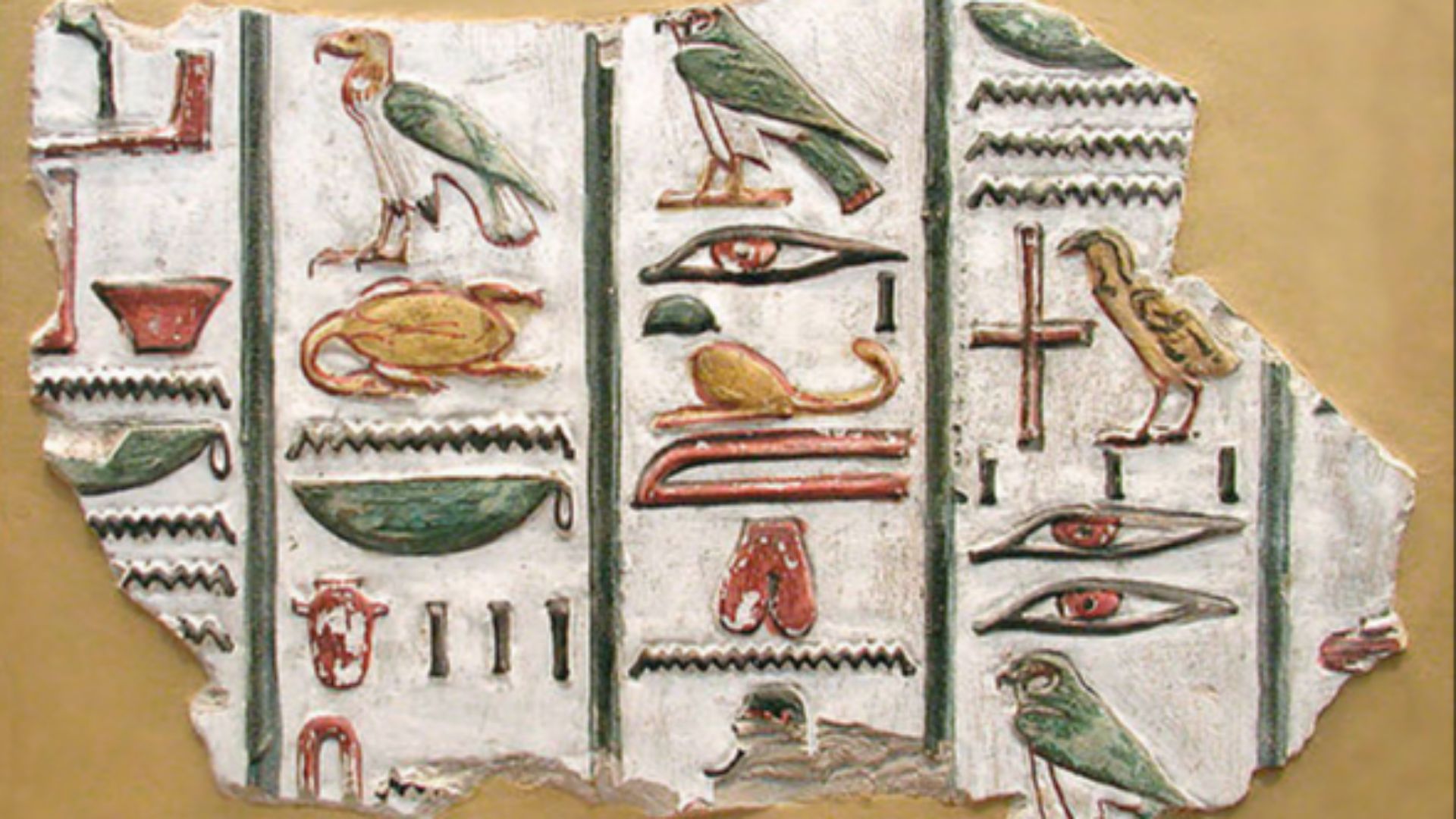 unknown Egyptian scribe on Wikimedia
unknown Egyptian scribe on Wikimedia
10. They Worshiped Many Gods
Sort of like Catholic saints, there was an Egyptian god for everything. More than 1500 deities were recorded, many of whom were one or more parts animal. Some of the most famous gods included Anubis, the protector of the underworld; Hathor, the goddess of the sky; and our old friend Imhotep, who was deified after his death.
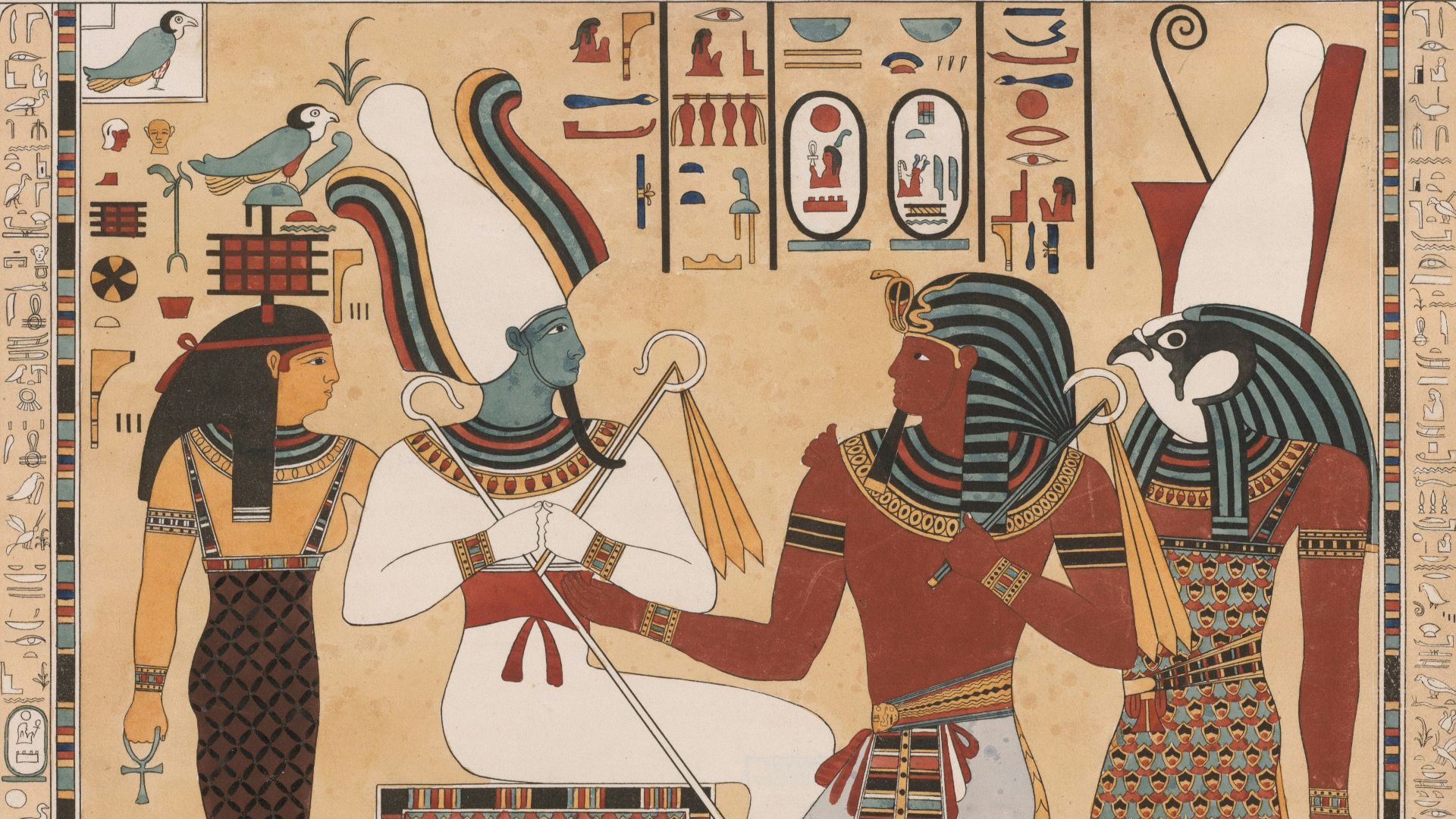 The New York Public Library on Unsplash
The New York Public Library on Unsplash
11. Bakers Kneaded With Their Feet
Everyone loves bread (unless you’re gluten intolerant, in which case, we are so sorry), including the Ancient Egyptians. Along with beer, bread was a staple of the Egyptian diet. Most bakers used two hands and a flat surface like we do, but when baking in bulk, they could also plop the dough in large vats and knead it with their feet.
12. Egyptians Invented Toothpaste
The oldest known toothpaste recipe comes from a 4th-century CE papyrus. It calls for a mixed paste of saliva, rock salt, mint, dried iris flower, and pepper. In 2003, an Austrian dentist actually tried this recipe at a conference, calling it “not unpleasant.”
13. Children Wore Side Locks
Getting dressed as an ancient Egyptian child was pretty easy—you didn’t wear clothes until you were six years old, and you had one hairstyle. Both boys and girls wore their hair twisted into a braid on the right side of their head called a side lock. This hairstyle represented a child’s connection to the god Horus and was often retained after cutting for symbolic reasons.
14. Men Wore Makeup
Egyptians may not have sported Elizabeth Taylor’s iconic powder-blue eyeshadow in Cleopatra, but they definitely wore makeup. Green paint called udju was derived from malachite and crushed with water to make a paste. Combined with kohl eyeliner, these cosmetics protected Egyptians of all genders from infection and the harsh rays of the sun.
15. Pharaohs Covered Their Hair
Similarly, Egyptians across genders and social classes wore wigs to keep hair free from lice. In addition to maintaining ritual purity, wigs also helped to protect your scalp from the sun while letting body heat escape, unlike cloth head coverings, which trapped heat.
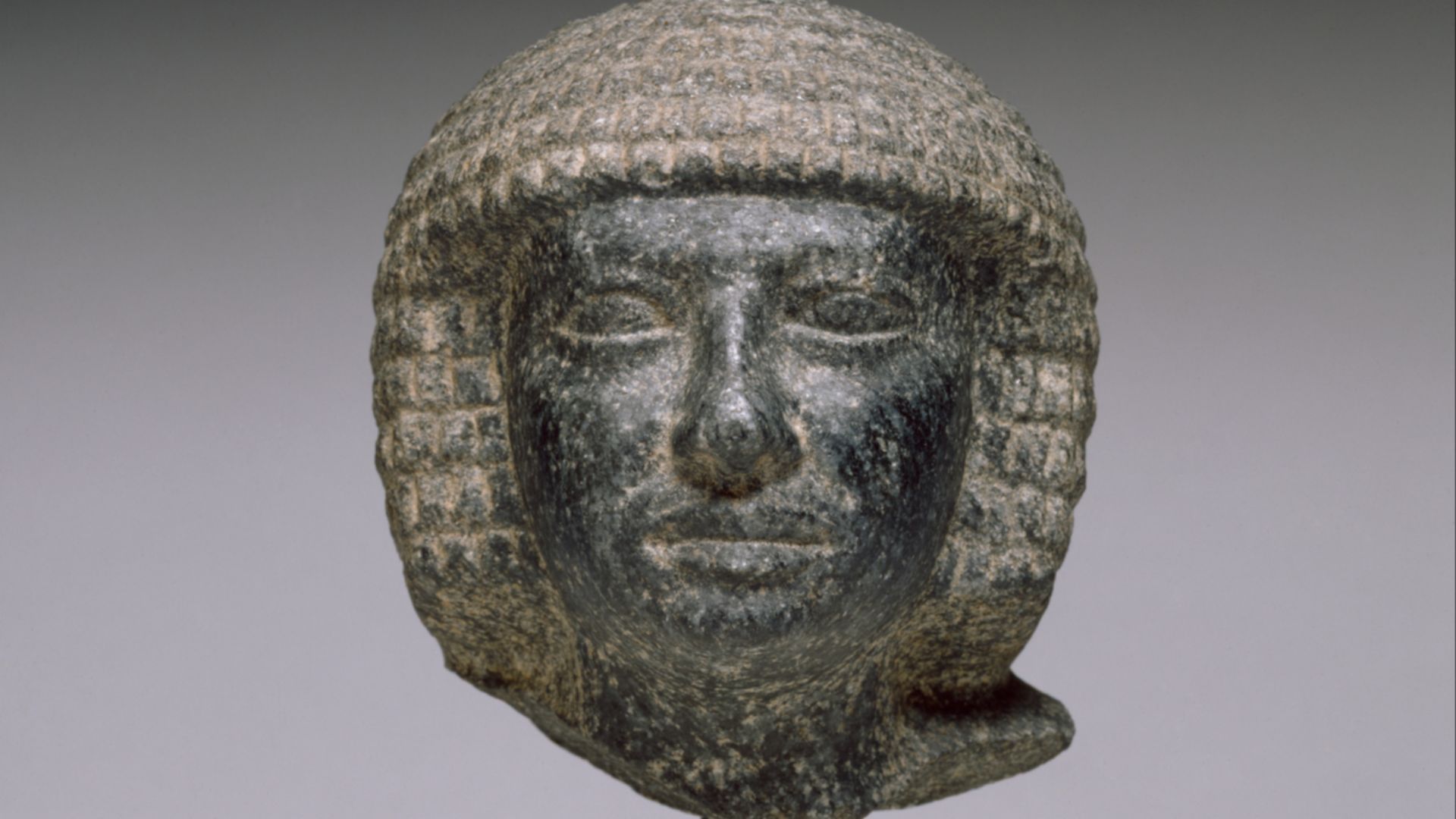 Anonymous (Egypt)Unknown author on Wikimedia
Anonymous (Egypt)Unknown author on Wikimedia
16. The Last Pharaohs Didn’t Speak Egyptian…
The longest and final dynasty in Ancient Egypt, the Ptolemaic Kingdom, was founded by Alexander the Great’s pal, Ptolemy I Soter. Ptolemy I may have adopted the titles, dress, and customs of the pharaohs, but he did not speak Egyptian. For almost 300 years, the rulers of Egypt spoke, wrote, and read Greek, not Egyptian.
17. …But Cleopatra Did
A brilliant and dedicated scholar, Cleopatra was the first Ptolemy to have learned Egyptian alongside her native Greek. Cleopatra also knew Latin and a smattering of languages from across North Africa and West Asia. However, her knowledge of languages such as Aramaic and Meroitic was likely used to greet envoys in their native tongues rather than hold conversations.
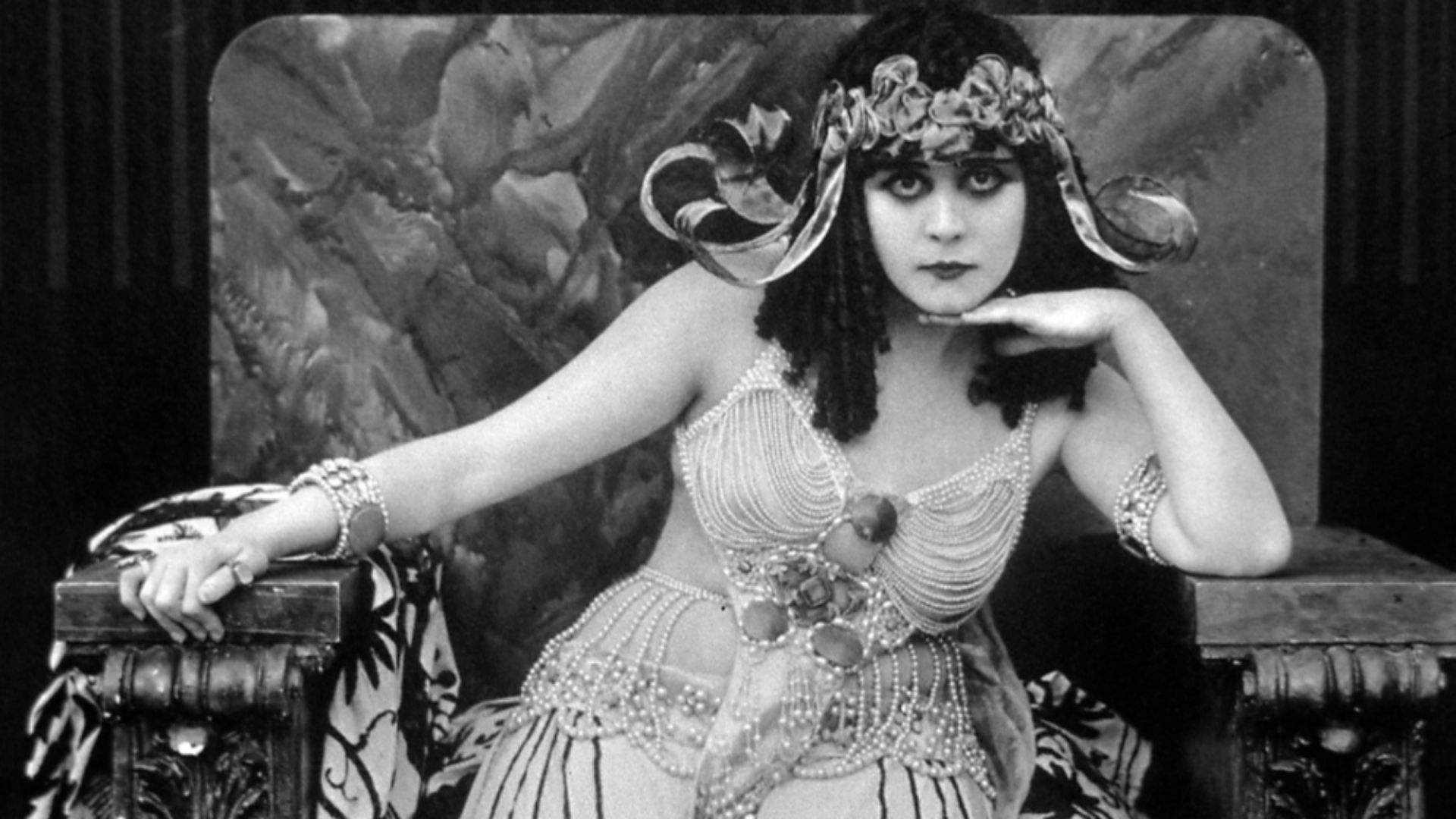 Fox Film Corporation on Wikimedia
Fox Film Corporation on Wikimedia
18. There Were Other Female Pharaohs
Cleopatra may have been the most famous woman to hold power in Ancient Egypt, but she was far from the only one. As early as the First Dynasty, women such as Merneith and Neithhotep sat on the throne as regents, co-rulers, and pharaohs in their own right. While many of these women ascended to pharaohdom following the deaths of their husbands, fathers, or brothers, others, such as Hatshepsut and Sobekneferu, ruled outright.
19. Women Had Rights
There is a tendency to paint all ancient civilizations as patriarchal and repressive. Ancient Egypt wasn’t a feminist paradise by any means; women had more rights than you may imagine. They could buy, sell, and inherit property, represent themselves in court, own businesses, and even request divorce.
20. Cleopatra Was Closer Than You Think
Completed in the early 25th century BCE, the Great Pyramid of Giza was already old news by the time Cleopatra was born in 69 BCE. The first iPhone was released in 2007, making Cleopatra 500 years closer to Fruit Ninja than what we think of as Ancient Egypt. Maybe she used a Nokia instead?
KEEP ON READING
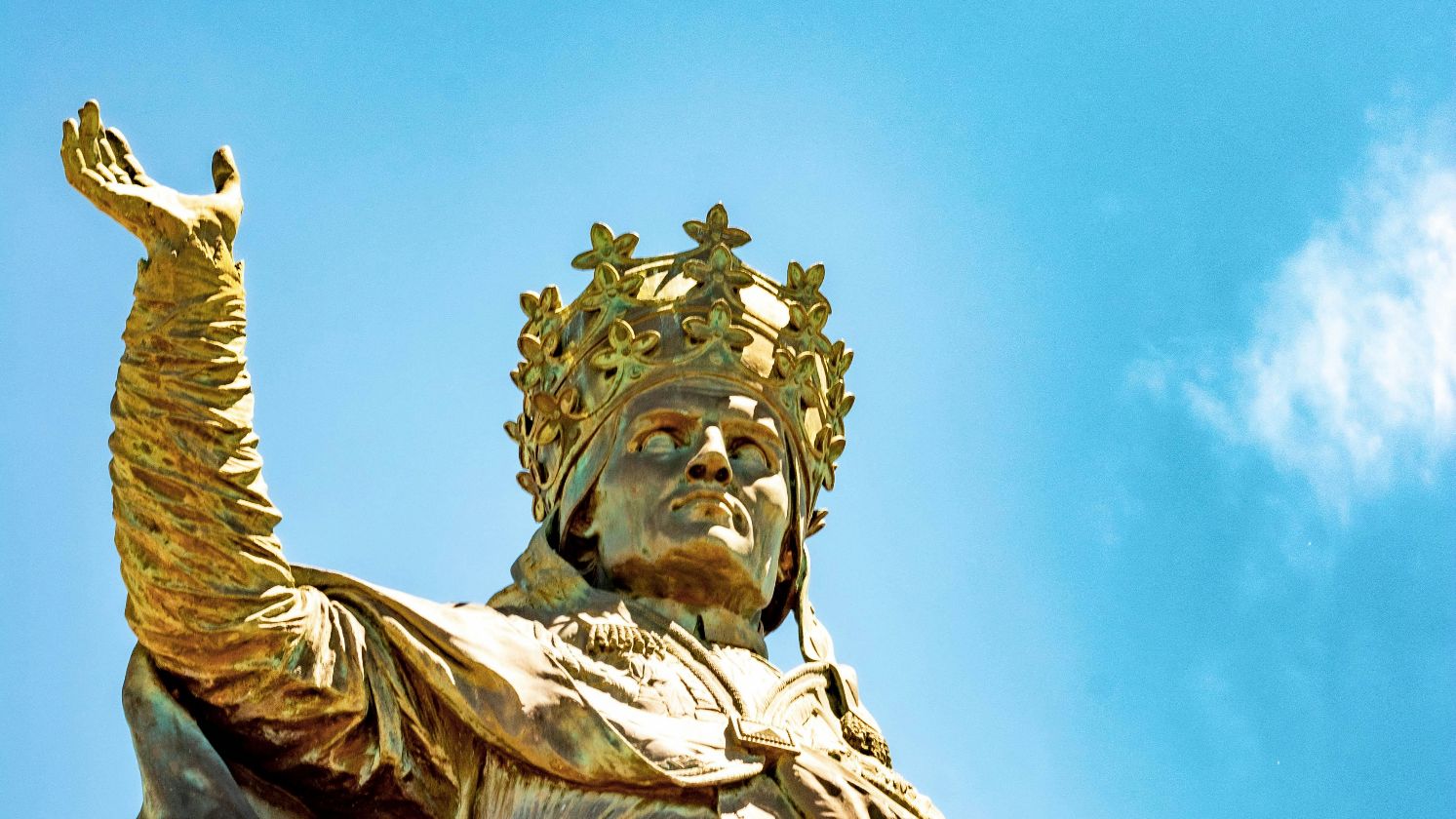
Remembering Pope Stephen VI, The Guy Who Made A Cadaver…
A Godly Man With A Grudge. Jean-Paul Laurens on WikimediaYou…
By Ashley Bast Oct 31, 2025
The 10 Most Important English Authors & Their 10 Most…
Famous Pens, Less Famous Pages. There are a few names…
By Ashley Bast Dec 31, 2025
From School Plays To Starting A Cult: 20 Of The…
The Books That Made Us. Many people will tell you…
By Farva Ivkovic Jan 31, 2025
20 Facts About Jane Grey, The Forgotten Queen Of England
A Quick, Messy, and Tragic Reign. Lady Jane Grey never…
By Maria Cruz Jan 31, 2025
20 Most Significant Cars In American History
Driving Into the Past. The car has defined America as…
By Farva Ivkovic Dec 31, 2025
10 Times The Lakers Made History & 10 Moments That…
Let’s Talk About the Lakers. Few teams have brought highs…
By Farva Ivkovic Dec 31, 2025

